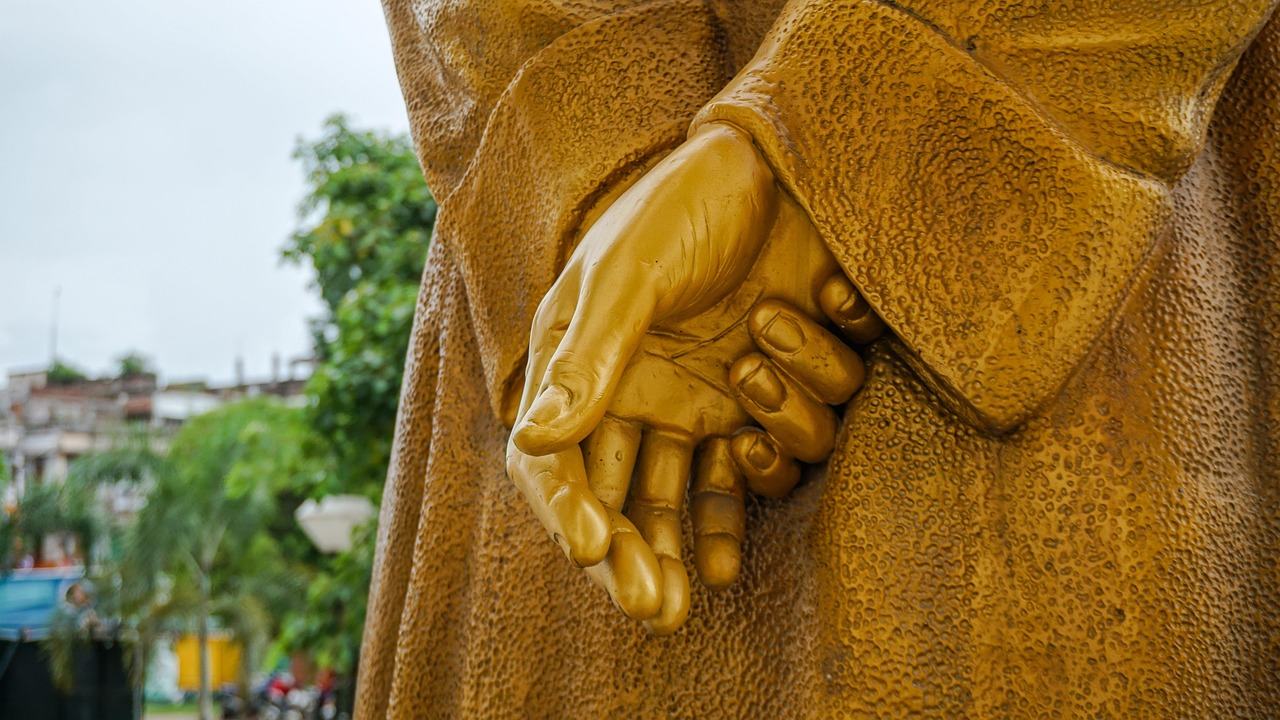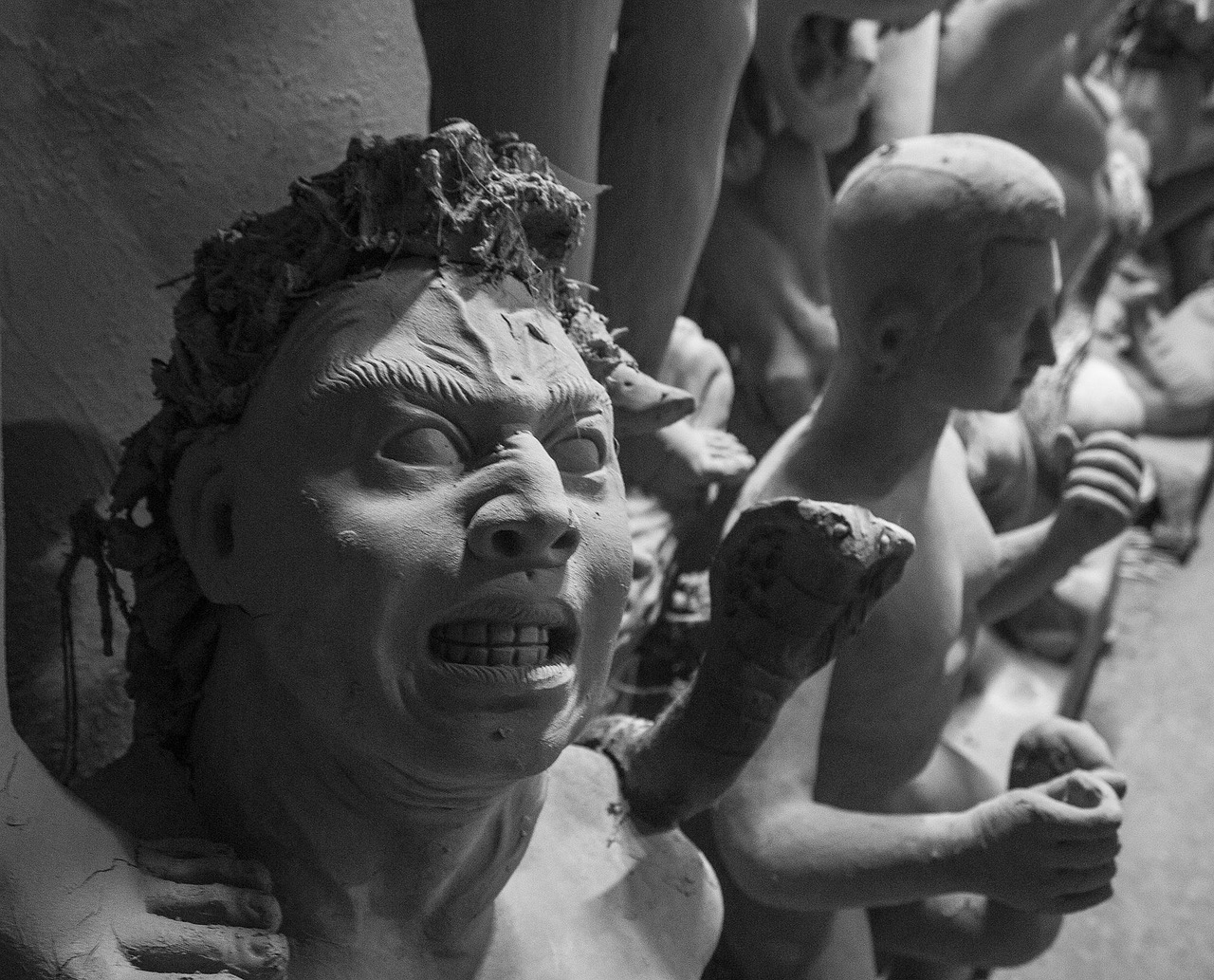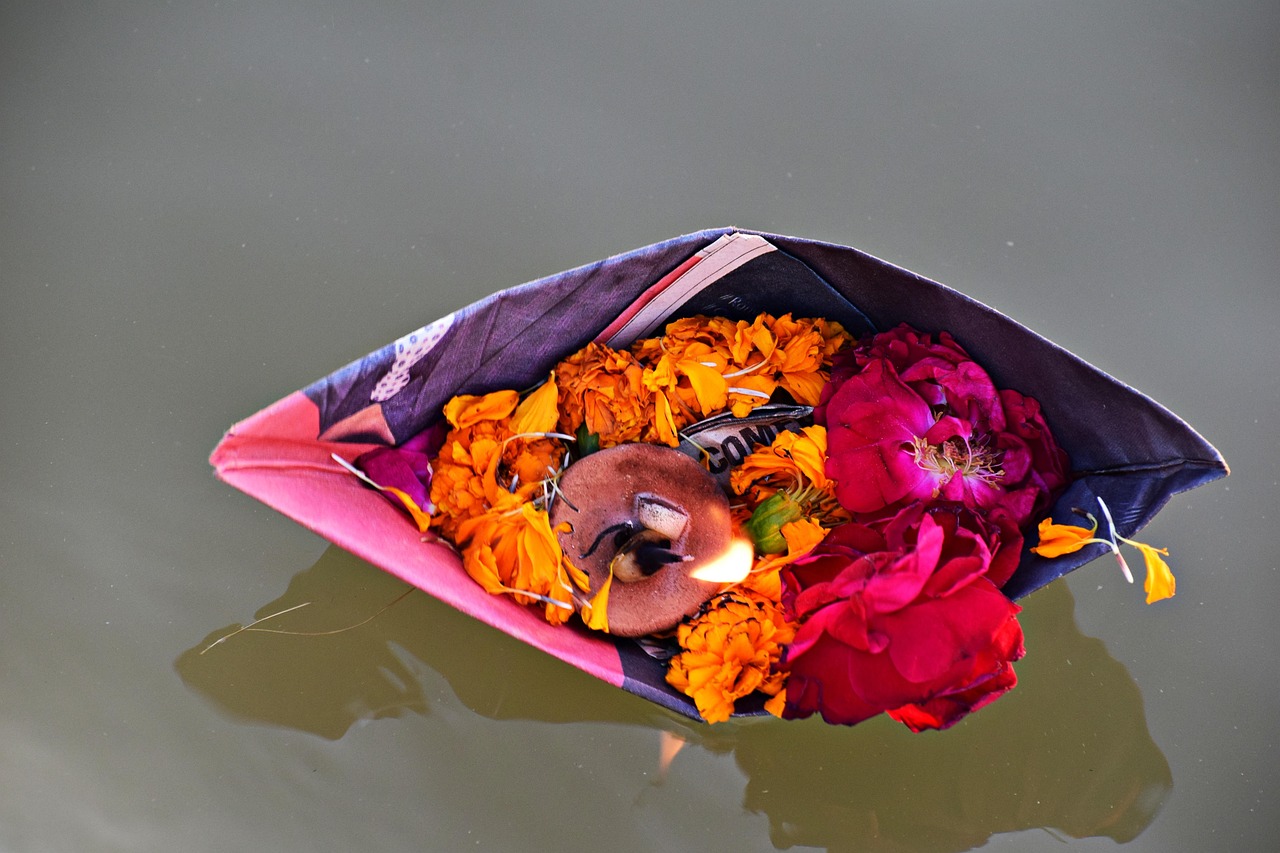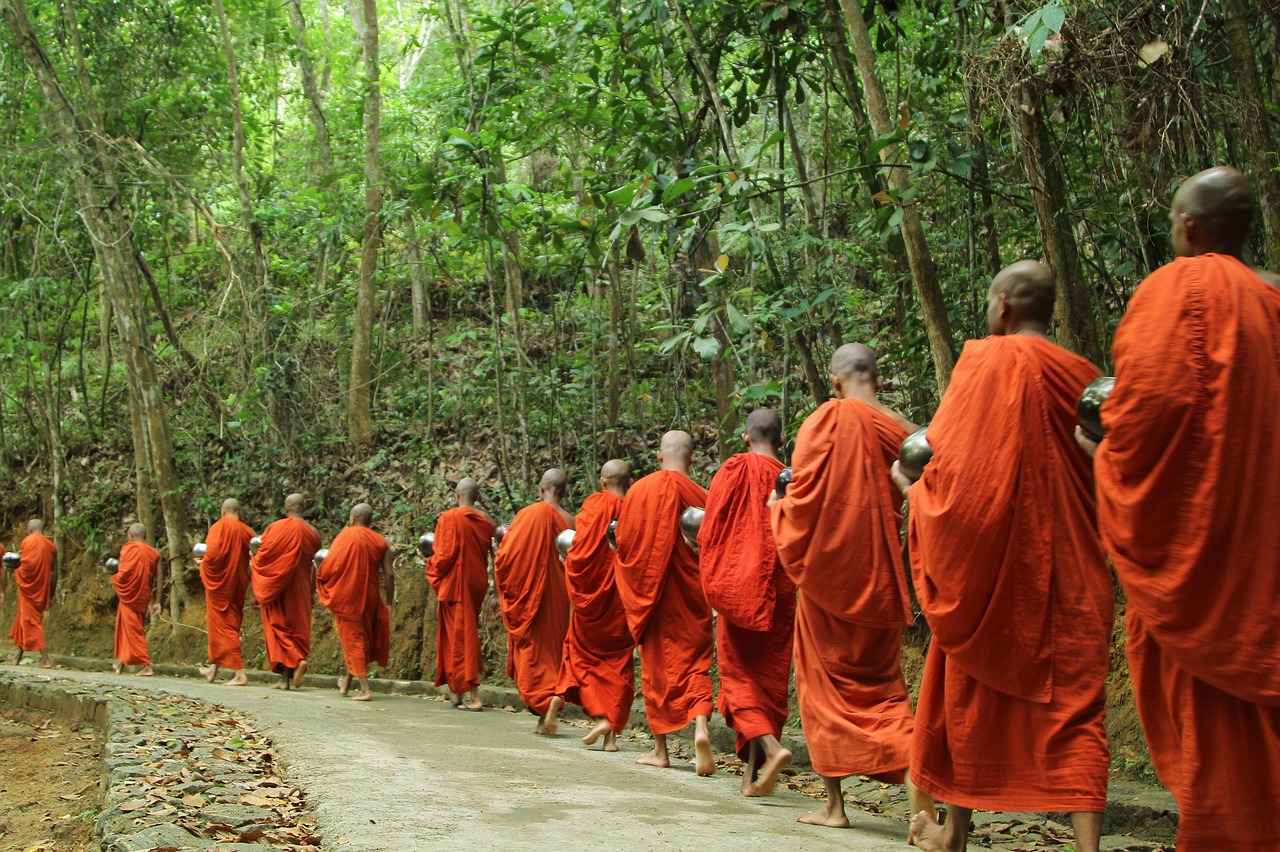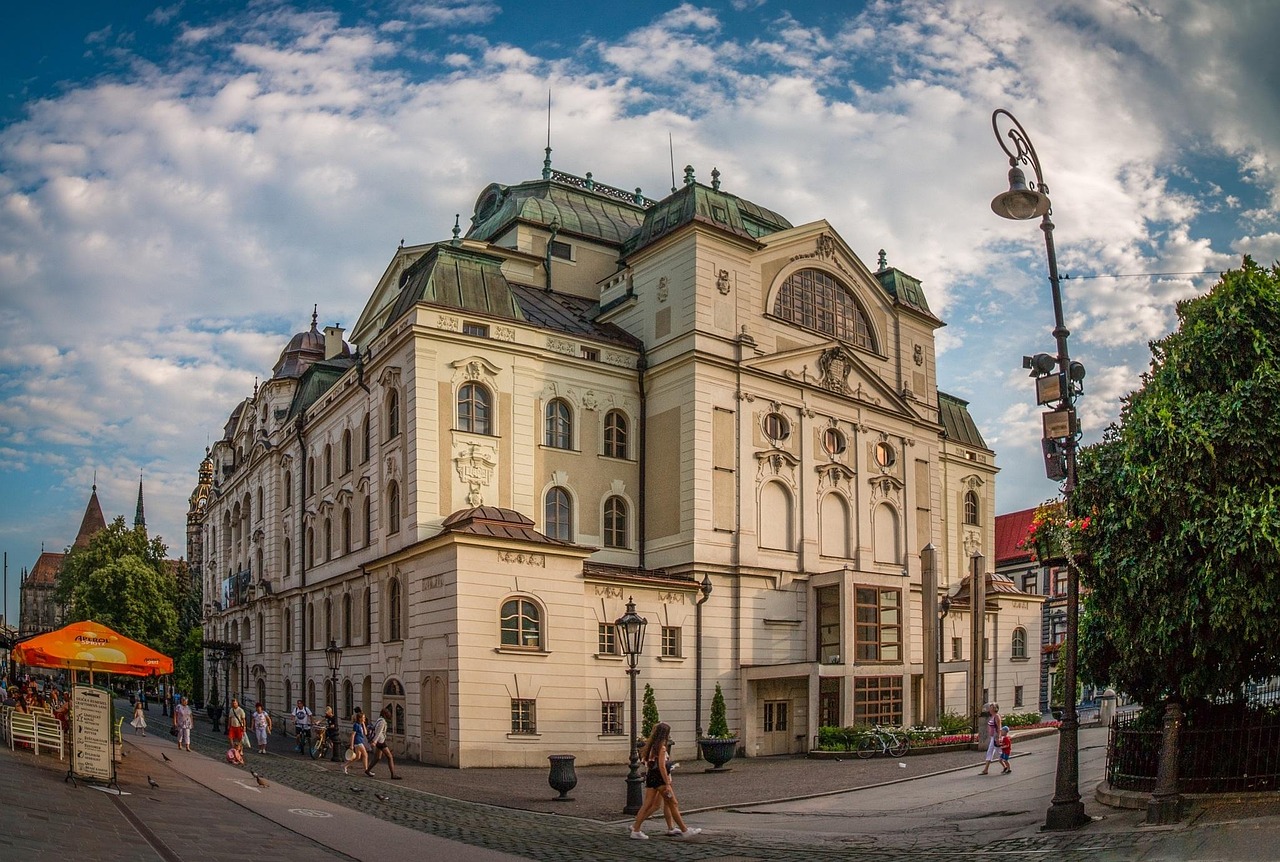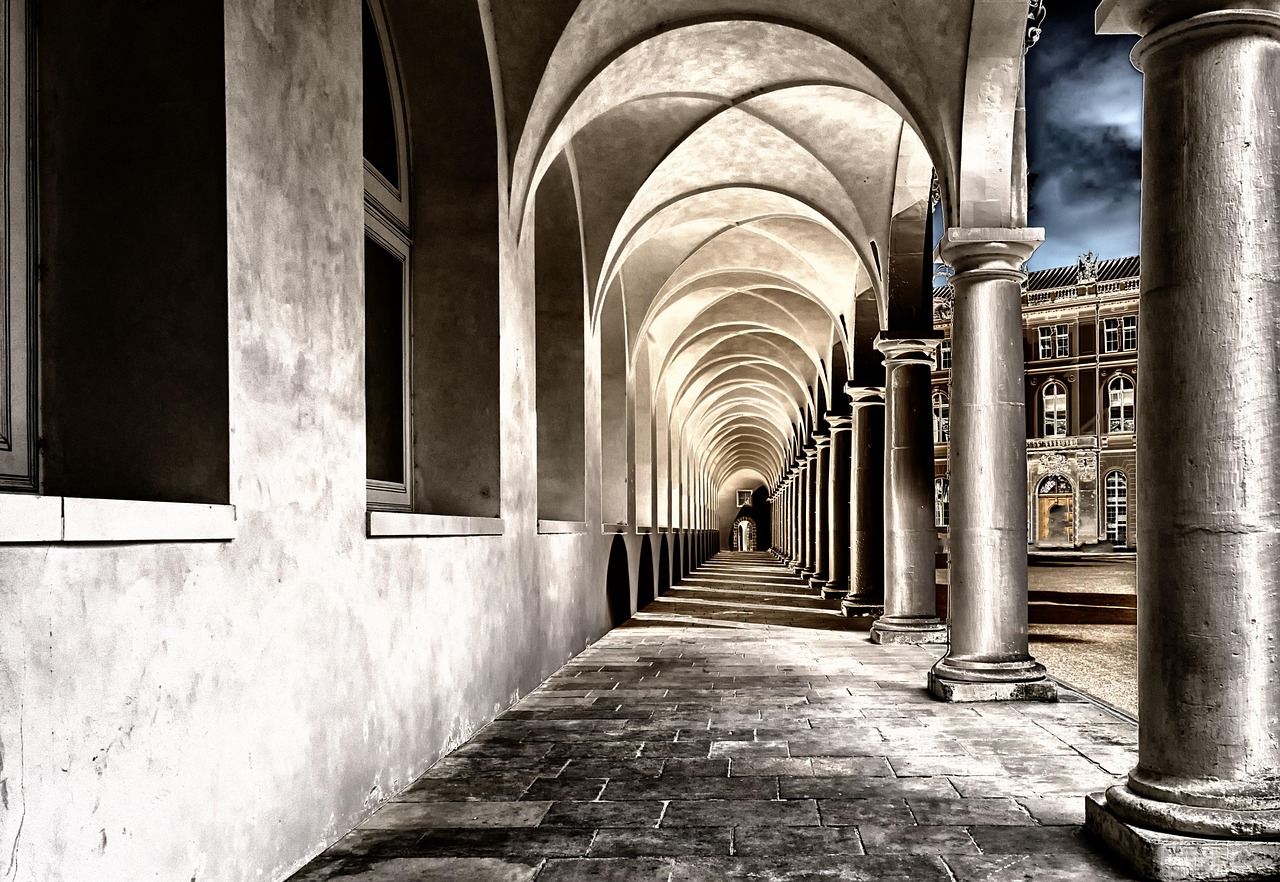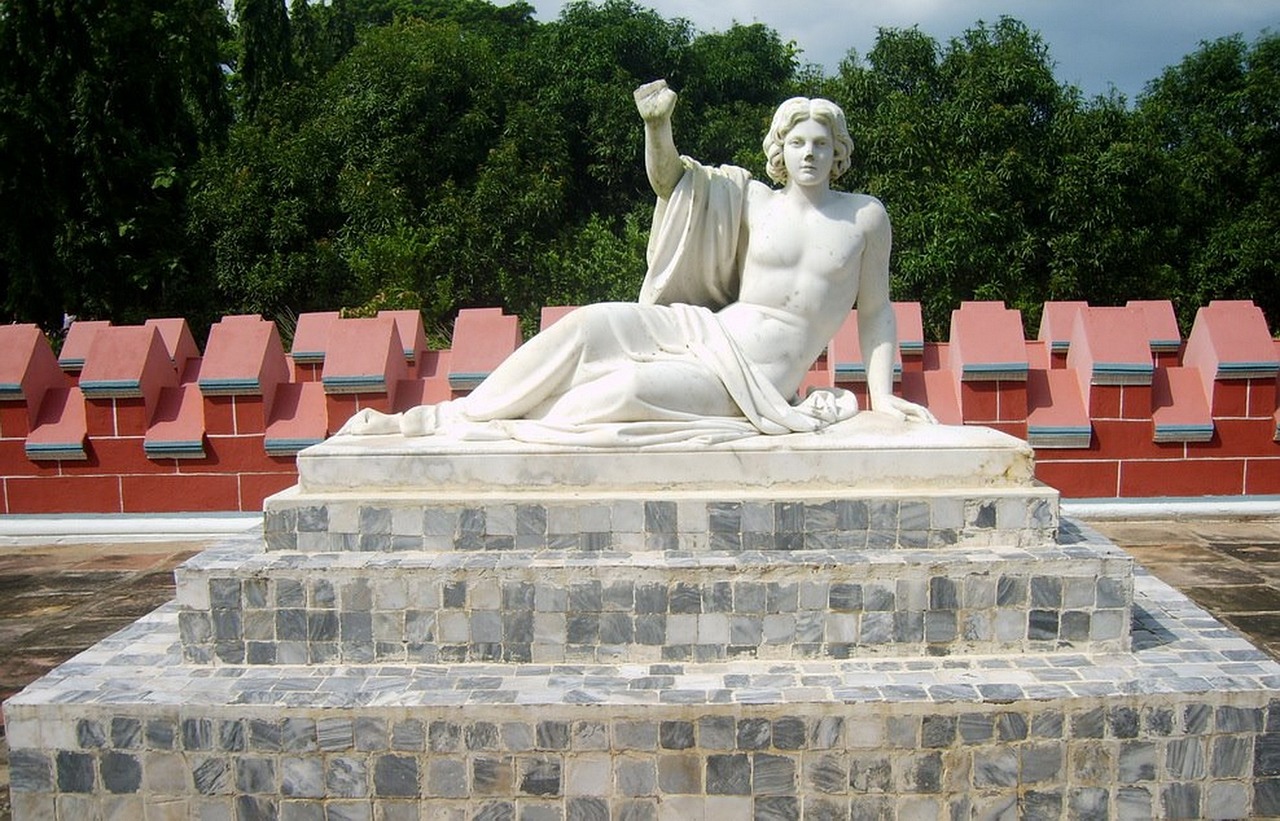This article delves into the rich cultural heritage of Santiniketan, a unique town in West Bengal, India, celebrated for its artistic roots, educational institutions, and historical significance. Renowned as the home of Rabindranath Tagore, Santiniketan is not just a town but a cultural epicenter that continues to inspire creativity and learning.
The Historical Background of Santiniketan
Santiniketan’s history is intricately linked to the life of Rabindranath Tagore, who founded the Visva-Bharati University in 1921. This section will explore the origins and evolution of this cultural hub, emphasizing its transformation from a simple ashram to a global educational institution.
Rabindranath Tagore: The Visionary Behind Santiniketan
Tagore’s influence on Santiniketan is monumental. His philosophies emphasized the integration of art, nature, and education, shaping the town’s cultural landscape. His vision of a holistic education system that transcended traditional boundaries is still evident today.
Impact on Indian Art and Literature
Santiniketan has significantly influenced Indian art and literature. Many artists and writers, including Raja Ravi Varma and Amartya Sen, emerged from this vibrant community, contributing to its cultural richness. Their works reflect the essence of Santiniketan’s unique blend of tradition and modernity.
Festivals and Cultural Events in Santiniketan
- Vasant Utsav: A colorful celebration marking the arrival of spring, featuring traditional dances and music.
- Poush Mela: A cultural fair showcasing local crafts and traditions, highlighting the economic and social aspects of the community.
The Architectural Significance of Santiniketan
The architecture of Santiniketan reflects a blend of traditional and modern influences, with notable structures like the Chhatimtala and the Tagore Museum. These buildings serve as iconic representations of Tagore’s vision, showcasing artistic elements that define the town’s unique architectural landscape.
The Role of Nature in Santiniketan’s Culture
Nature plays a vital role in Santiniketan’s identity, influencing cultural practices and lifestyle. The town’s beautiful surroundings inspire creativity and foster an environment of learning and growth.
Conclusion: The Enduring Legacy of Santiniketan
Santiniketan’s cultural significance continues to thrive, impacting generations. Its historical importance and ongoing relevance in contemporary society make it a beacon of artistic and educational excellence.
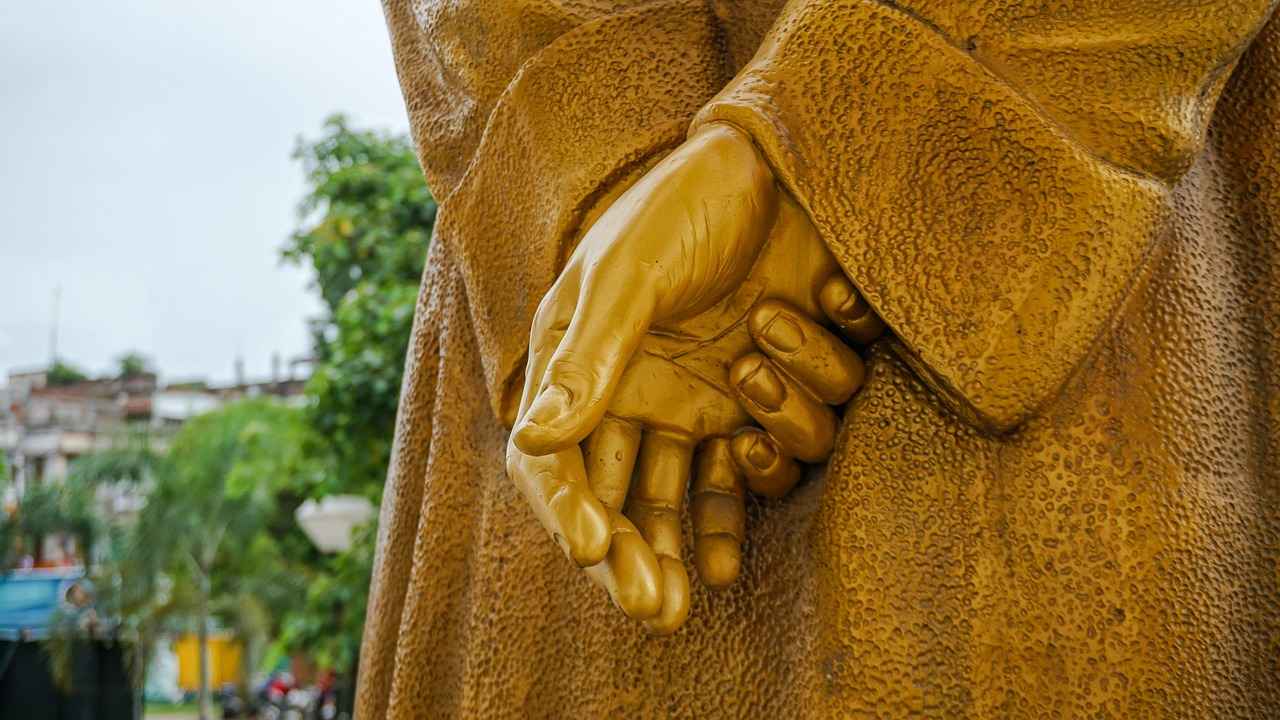
The Historical Background of Santiniketan
Santiniketan, a picturesque town in West Bengal, holds a rich historical significance that is intricately linked with the life and vision of Rabindranath Tagore. Established in the late 19th century, Santiniketan was originally a retreat for Tagore’s family, but it transformed into a vibrant cultural hub due to Tagore’s innovative ideas and educational philosophies.
In 1901, Tagore founded the Visva-Bharati University, which aimed to blend the best of Eastern and Western educational practices. This university was not just an institution of learning; it was a cultural movement that sought to redefine education by incorporating arts, music, and nature into the curriculum. Tagore believed in an education system that nurtured creativity and individual expression, moving away from conventional rote learning.
The evolution of Santiniketan can be traced through its architectural and cultural developments. The buildings within the Visva-Bharati campus reflect a unique fusion of traditional Indian and modernist architectural styles. Structures such as the Chhatimtala and Tagore’s Ashram are not only functional spaces but also symbols of Tagore’s vision of a harmonious relationship between education and nature.
Moreover, Santiniketan has been a melting pot of artistic expression. It has attracted numerous artists, poets, and thinkers who have contributed to its rich tapestry of cultural heritage. The town’s emphasis on community and collaboration has fostered an environment where creativity thrives, making it a beacon of cultural enlightenment.
In conclusion, the historical background of Santiniketan is a testament to Tagore’s enduring legacy. The town continues to inspire generations, standing as a symbol of intellectual and artistic freedom. As we delve deeper into its cultural significance, we uncover the profound impact it has had on education and the arts in India.
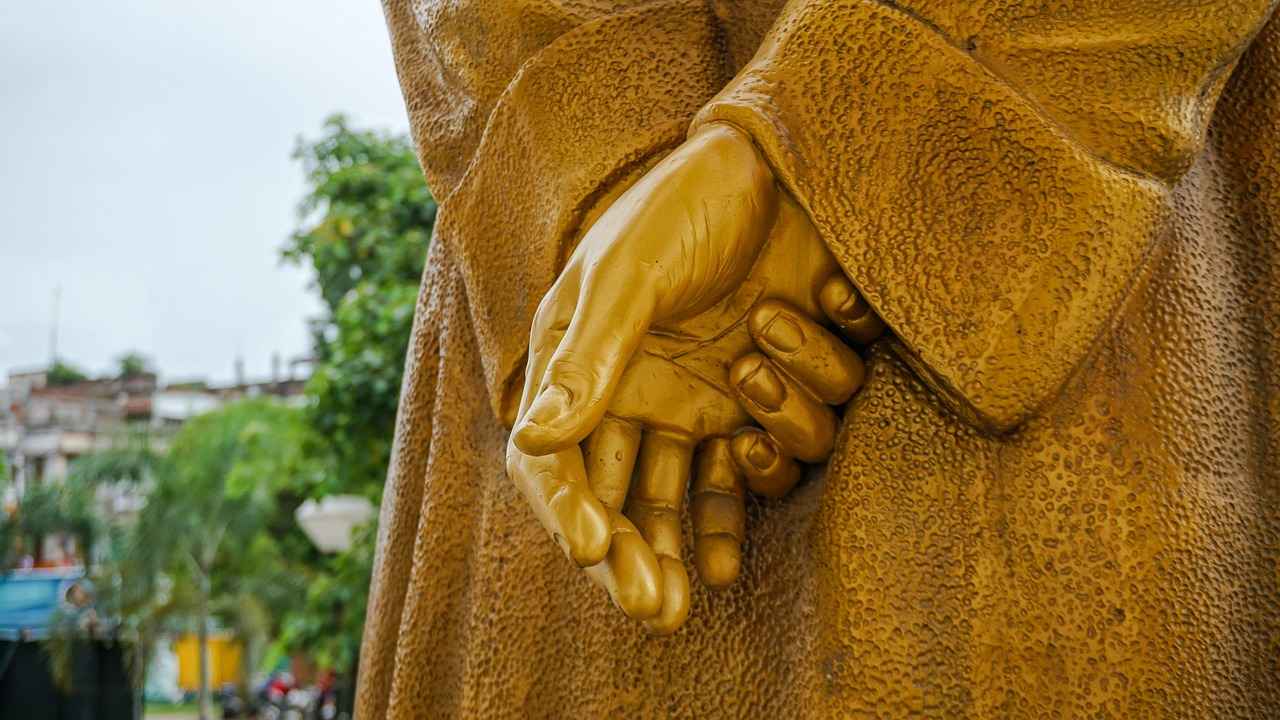
Rabindranath Tagore: The Visionary Behind Santiniketan
Rabindranath Tagore’s influence on Santiniketan is nothing short of monumental. His vision transformed this quaint town into a vibrant cultural hub, deeply rooted in the arts and education. Tagore, a polymath and the first non-European Nobel laureate in Literature, established the Visva-Bharati University in 1921, which became a beacon of progressive education and artistic expression.
Tagore’s philosophies emphasized the integration of nature, art, and education. He believed that learning should transcend traditional boundaries, promoting a holistic approach that nurtures the mind, body, and spirit. This vision is reflected in the unique educational practices at Santiniketan, where students engage with their surroundings, fostering creativity and critical thinking.
One of the key aspects of Tagore’s educational philosophy is the integration of art and nature. He envisioned a learning environment where students could immerse themselves in the beauty of their surroundings. The lush landscapes of Santiniketan serve as a backdrop for artistic endeavors, inspiring students to create and innovate.
Moreover, Tagore’s emphasis on community and collaboration has left an indelible mark on Santiniketan’s cultural landscape. The interactions between students and teachers foster a sense of belonging and collective growth. This collaborative spirit is evident in various cultural events and festivals held throughout the year, where the community comes together to celebrate their artistic heritage.
In conclusion, Rabindranath Tagore’s visionary ideas have profoundly shaped Santiniketan’s identity. His commitment to a progressive, inclusive, and nature-centric approach to education continues to resonate, making Santiniketan a significant cultural landmark in India. The town stands as a testament to Tagore’s enduring legacy, inspiring future generations to embrace creativity and knowledge.
Tagore’s Educational Philosophy
is a profound exploration of learning that extends beyond conventional classroom settings. Rabindranath Tagore, the illustrious thinker and Nobel laureate, envisioned an educational framework that not only imparts knowledge but also nurtures creativity and holistic development.
At the heart of Tagore’s philosophy is the belief that education should be a transformative experience. He argued that learning should not be confined to textbooks; rather, it should embrace the natural world and the arts. This perspective is vividly reflected in the curriculum of Santiniketan, where students engage with their surroundings, fostering a deep connection with nature.
Tagore placed significant emphasis on integrating art into education. He believed that artistic expression is vital for personal development and should be a core component of the learning process. In Santiniketan, students partake in various artistic activities, including music, dance, and visual arts, which serve to enhance their creativity and emotional intelligence.
Furthermore, Tagore’s educational model promotes community and collaboration. He envisioned a learning environment where students and teachers work together, sharing ideas and experiences. This collaborative spirit is evident in the interactions at Santiniketan, where communal activities and projects are integral to the educational experience.
In addition to fostering creativity and community, Tagore’s philosophy encourages critical thinking and self-discovery. He believed that education should empower individuals to think independently and question societal norms. By cultivating these skills, students are better equipped to navigate the complexities of the modern world.
In conclusion, Tagore’s educational philosophy is a holistic approach that transcends traditional boundaries. By integrating art, nature, and community into the learning process, Santiniketan exemplifies how education can be a powerful tool for personal and societal transformation.
Integration of Art and Nature
is a fundamental aspect of Rabindranath Tagore’s educational philosophy, particularly evident in the serene environment of Santiniketan. This unique town in West Bengal, India, serves as a living canvas where the beauty of nature intertwines with artistic expression, creating an inspiring atmosphere for learning.
Tagore believed that education should be holistic, encompassing not just academic knowledge but also an appreciation for the arts and the natural world. The lush landscapes, vibrant flora, and tranquil surroundings of Santiniketan provide an ideal backdrop for this vision. Here, students are encouraged to explore their creativity through various forms of art, including painting, music, dance, and theater, all while being deeply connected to nature.
In Santiniketan, classrooms often extend beyond traditional walls. Outdoor learning experiences are integral to the curriculum, allowing students to engage with their environment. For instance, art classes may take place under the shade of a banyan tree, where students can draw inspiration from the changing seasons or the sounds of chirping birds. This immersive approach fosters a profound understanding of both artistic techniques and the ecological balance of their surroundings.
| Benefits of Integrating Art and Nature | Description |
|---|---|
| Enhanced Creativity | Exposure to natural beauty stimulates imaginative thinking and artistic expression. |
| Emotional Well-being | Nature has a calming effect, reducing stress and promoting mental health among students. |
| Environmental Awareness | Students develop a sense of responsibility towards nature, fostering sustainable practices. |
Furthermore, the community in Santiniketan actively participates in artistic endeavors, with various festivals and events celebrating both art and nature. These occasions not only showcase students’ talents but also strengthen community bonds, emphasizing the importance of collaboration and shared experiences in the learning process.
In conclusion, the integration of art and nature in Tagore’s educational approach at Santiniketan creates a rich, multifaceted learning environment. This synergy not only nurtures creativity but also instills a deep respect for the natural world, ensuring that students emerge as well-rounded individuals prepared to contribute positively to society.
Community and Collaboration
Community engagement plays a vital role in the educational framework established by Rabindranath Tagore in Santiniketan. This unique approach fosters a collaborative atmosphere where both students and teachers actively participate in the learning process, creating an enriching environment that extends beyond mere academic achievement.
In Santiniketan, the concept of collaboration is woven into the very fabric of its educational practices. Tagore believed that learning should not be a solitary endeavor; rather, it should be a shared journey that encourages dialogue and interaction. This philosophy is evident in the way classes are conducted, often outdoors, allowing students to connect with their surroundings while engaging with their peers and educators.
Moreover, community engagement in Santiniketan is not limited to the classroom. It extends to various aspects of life, including cultural events, workshops, and festivals that bring together individuals from different backgrounds. These events serve as a platform for students to showcase their talents and collaborate on creative projects, thereby enhancing their learning experience. For instance, during the annual Vasant Utsav, students and teachers work together to celebrate the arrival of spring through music, dance, and art, reinforcing the bonds of community.
Additionally, this collaborative spirit encourages peer learning, where students learn from one another, fostering a sense of camaraderie and mutual respect. Teachers act not just as instructors but as facilitators, guiding students in their explorations and encouraging them to take ownership of their learning.
In conclusion, the emphasis on community and collaboration in Santiniketan is a testament to Tagore’s vision of an education system that nurtures creativity, critical thinking, and social responsibility. By fostering a supportive and interactive environment, Santiniketan continues to inspire generations of learners to engage meaningfully with their community and the world around them.
Impact on Indian Art and Literature
Santiniketan has long been a beacon of creativity, deeply influencing the realms of Indian art and literature. This vibrant community, founded by the illustrious Rabindranath Tagore, has nurtured numerous artists and writers, fostering a unique cultural environment that continues to thrive.
At the heart of Santiniketan’s artistic legacy is the Visva-Bharati University, which serves as a melting pot for diverse artistic expressions. The university has attracted renowned figures such as Nandalal Bose, a pioneer of Indian modern art, whose works encapsulate the essence of Indian culture through innovative techniques and themes. His influence is evident in the vibrant murals and paintings that adorn the walls of the university.
In literature, Santiniketan has produced a plethora of acclaimed writers. The poetic legacy of Tagore himself is complemented by the works of his contemporaries, such as Binod Behari Mukherjee and Raja Rao, who explored themes of identity, nature, and spirituality. These writers have significantly contributed to the rich tapestry of Indian literature, drawing inspiration from the serene landscapes and the rich cultural ethos of Santiniketan.
The community’s commitment to artistic collaboration has also played a crucial role in shaping its cultural landscape. Regular workshops, exhibitions, and literary festivals encourage interaction among artists and writers, fostering an atmosphere of creativity and innovation. This collaborative spirit not only enriches individual artistic expressions but also elevates the overall cultural narrative of the region.
Moreover, Santiniketan’s emphasis on nature as a source of inspiration cannot be overstated. The lush surroundings and tranquil environment serve as a muse for many artists and writers, allowing them to create works that resonate with both personal and universal themes. This deep connection to nature is a recurring motif in the works produced by the Santiniketan community.
In conclusion, the impact of Santiniketan on Indian art and literature is profound and enduring. The town has not only shaped the careers of countless artists and writers but has also established a legacy that continues to inspire future generations. Through its unique blend of education, community, and artistic expression, Santiniketan remains a vital cultural hub in India.

Festivals and Cultural Events in Santiniketan
Santiniketan, located in West Bengal, India, is a town celebrated for its vibrant festivals that embody the rich tapestry of art, culture, and nature. These events not only reflect the local traditions but also highlight the community’s deep connection to the teachings of Rabindranath Tagore, the town’s founder. This section delves into some of the most significant festivals, their unique characteristics, and the profound meaning they hold for the people of Santiniketan.
| Festival | Date | Significance |
|---|---|---|
| Vasant Utsav | Spring Equinox | Celebration of spring with music, dance, and colorful attire. |
| Poush Mela | Mid-January | A fair showcasing local crafts, food, and traditions. |
| Rabindra Jayanti | May 7 | Commemoration of Rabindranath Tagore’s birth with cultural performances. |
Vasant Utsav, or the Spring Festival, is one of the most anticipated events in Santiniketan. It marks the arrival of spring and is celebrated with great enthusiasm. Students and locals don vibrant attire, perform traditional dances, and sing Tagore’s songs, creating a lively atmosphere filled with joy and creativity. This festival not only honors the season but also reinforces the community’s artistic spirit.
Another notable event is the Poush Mela, a cultural extravaganza that takes place in mid-January. This fair attracts visitors from all over, showcasing local artisans and their crafts. It serves as a platform for cultural exchange, allowing people to experience the rich diversity of West Bengal’s traditions. The mela also has a significant economic impact, providing livelihood opportunities for many local craftsmen.
Lastly, Rabindra Jayanti is celebrated with reverence, marking the birth of Tagore. The day is filled with cultural performances that reflect his literary genius and artistic vision. Through recitations, music, and dance, the community comes together to honor the legacy of one of India’s greatest poets.
In conclusion, the festivals of Santiniketan are more than just celebrations; they are a testament to the town’s cultural heritage and community spirit. Each event plays a crucial role in preserving the traditions and values instilled by Tagore, ensuring that the essence of Santiniketan continues to thrive.
Vasant Utsav: The Spring Festival
Vasant Utsav, also known as the Spring Festival, is a vibrant and colorful celebration that marks the arrival of spring in Santiniketan, West Bengal. This culturally rich event is deeply rooted in the traditions established by the renowned poet and philosopher Rabindranath Tagore. Each year, the festival brings together people from various backgrounds to celebrate nature, art, and community.
The festivities typically occur in February and are characterized by a myriad of activities that showcase the artistic talents of students and residents. The event is not only a spectacle of color and joy but also a reflection of the cultural heritage of Santiniketan.
- Rituals and Customs: The celebration begins with a traditional puja (prayer ceremony) to honor nature and seek blessings for a bountiful spring. Participants often wear bright, traditional attire, symbolizing the vibrant colors of spring.
- Music and Dance: The air is filled with the sounds of folk music and lively dance performances. Students and local artists perform various cultural dances, showcasing the rich artistic traditions of the region.
- Artistic Expressions: Art plays a crucial role in Vasant Utsav. Various art installations and exhibitions are set up, allowing artists to display their work, often inspired by the beauty of nature.
- Community Involvement: This festival is a collective effort, with community members coming together to organize events, prepare food, and decorate the surroundings, fostering a sense of unity and collaboration.
Vasant Utsav serves as a reminder of the importance of nature and the arts in our lives. It encapsulates the spirit of creativity and celebration, making it a significant cultural event in Santiniketan. As the festival concludes, participants leave with a renewed appreciation for the beauty of spring and the bonds of community.
In conclusion, Vasant Utsav is not just a festival; it is a celebration of life, art, and the arrival of spring, deeply embedded in the cultural fabric of Santiniketan.
Poush Mela: A Cultural Extravaganza
Poush Mela is a vibrant cultural festival celebrated annually in Santiniketan, West Bengal, that attracts thousands of visitors from across the globe. This fair, held in the month of Poush (December-January), is not just a marketplace but a showcase of the rich cultural heritage and artistic traditions of the region. The festival serves as a platform for local artisans, craftsmen, and performers to display their talents and sell their handmade products, thus promoting the local economy.
The essence of Poush Mela lies in its ability to bring together a diverse range of artistic expressions. Visitors can explore a variety of stalls featuring handcrafted items such as pottery, textiles, and jewelry. Each piece tells a story, reflecting the unique craftsmanship and cultural narratives of the artisans. Additionally, the fair offers a plethora of cultural performances, including traditional music and dance, which further enrich the experience.
| Highlights of Poush Mela | Description |
|---|---|
| Local Crafts | Showcases handmade items from various artisans. |
| Cultural Performances | Features traditional music and dance. |
| Food Stalls | Offers a variety of local delicacies. |
The economic impact of Poush Mela is significant. By providing a platform for local artisans, the fair not only boosts their income but also helps preserve traditional crafts that might otherwise fade away. Furthermore, the influx of tourists during this time contributes to the overall economy of Santiniketan, benefiting local businesses and services.
In conclusion, Poush Mela stands as a testament to the cultural diversity and artistic richness of Santiniketan. It is a celebration of community, creativity, and tradition, making it a must-visit event for anyone interested in experiencing the heart of West Bengal’s cultural landscape.
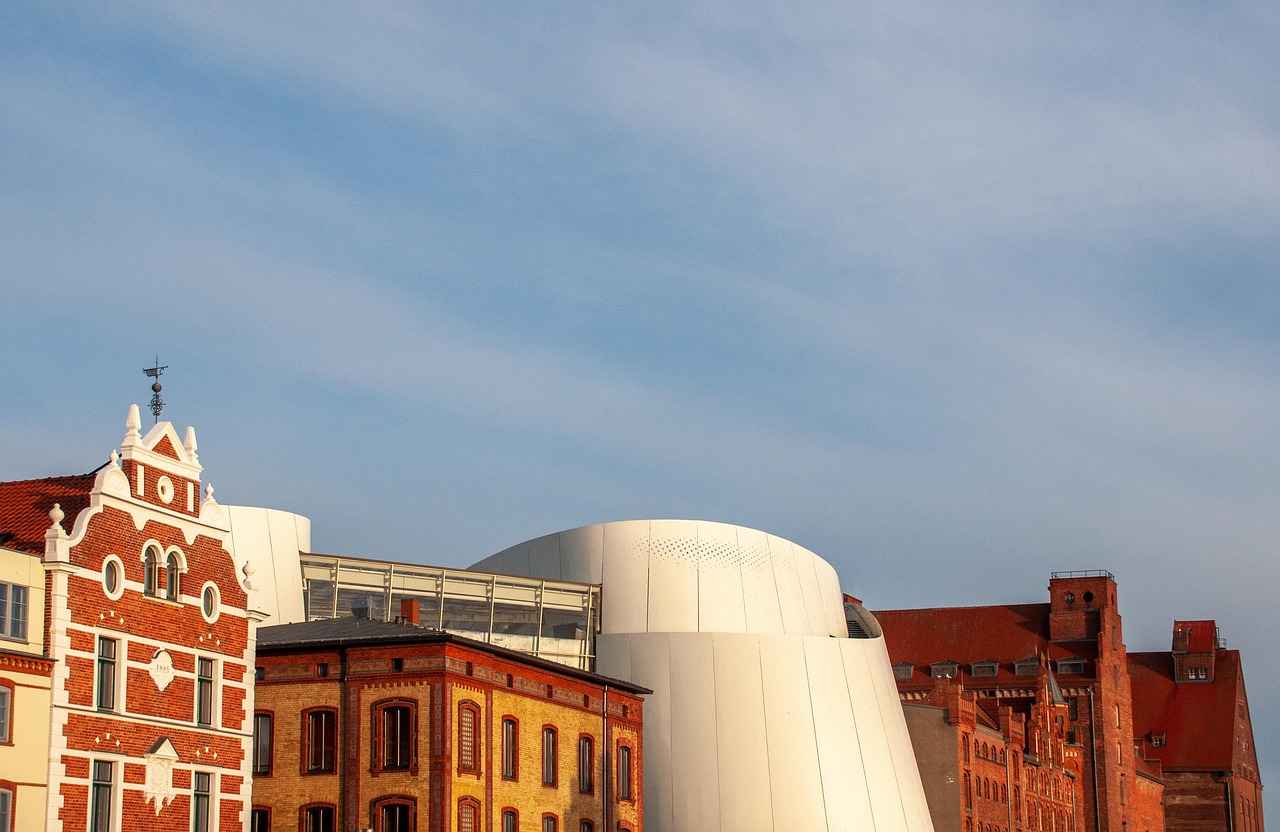
The Architectural Significance of Santiniketan
is a fascinating subject that encapsulates the harmonious blend of traditional and modern influences in its structures. Located in West Bengal, Santiniketan is not only a cultural hub but also a testament to the visionary ideas of Rabindranath Tagore, who aimed to create an environment where education and art could flourish.
The architecture of Santiniketan is characterized by its unique styles, which reflect the cultural ethos of the region. The notable structures, such as the Visva-Bharati University, showcase a combination of local materials and artistic designs that resonate with the surrounding landscape. The university buildings are particularly significant, as they embody Tagore’s philosophy of integrating nature with education.
| Building Name | Architectural Style | Cultural Relevance |
|---|---|---|
| Chhatimtala | Traditional Bengali | Symbol of Tagore’s literary inspiration |
| Uttarayan Complex | Modernist | Reflection of Tagore’s vision for education |
| Rabindra Bhavan | Indigenous | Center for arts and culture |
Furthermore, the artistic contributions from various artists associated with Santiniketan have significantly enhanced its architectural landscape. Structures like Rabindra Bhavan serve as cultural hubs, showcasing art exhibitions and performances that celebrate local traditions. The use of natural materials, such as mud and bamboo, in construction not only highlights sustainability but also maintains a connection to the local environment.
In conclusion, the architectural significance of Santiniketan extends beyond mere aesthetics; it represents a philosophical commitment to education, art, and nature. This unique blend of influences creates a vibrant cultural atmosphere that continues to inspire generations of artists and scholars.
Visva-Bharati University Buildings
Visva-Bharati University stands as a testament to the visionary ideals of Rabindranath Tagore, whose architectural philosophy harmoniously blends with the surrounding landscape of Santiniketan. This section delves into the distinctive architectural styles and historical significance of the university’s buildings, which not only serve educational purposes but also embody Tagore’s artistic vision.
The architectural design of Visva-Bharati reflects a unique fusion of traditional Indian and modernist styles. Tagore envisioned a space that encouraged creativity and learning, leading to the construction of buildings that are both functional and aesthetically pleasing. One of the most iconic structures is the Chhatimtala, a serene gathering place surrounded by lush trees, symbolizing the integration of nature in education.
| Building Name | Architectural Style | Significance |
|---|---|---|
| Chhatimtala | Traditional Indian | Symbol of community and gathering. |
| Kala Bhavana | Modernist | Center for fine arts, promoting creativity. |
| Visva-Bharati Central Library | Colonial and Modern | Repository of knowledge and cultural heritage. |
Each building within the university complex tells a story, reflecting Tagore’s belief in the interconnection of art, nature, and education. For instance, Kala Bhavana, the art school, showcases a modernist approach while remaining deeply rooted in Indian aesthetics. The open-air classrooms and natural light-filled spaces are designed to inspire creativity among students.
Moreover, the historical importance of these buildings extends beyond their architectural styles. They serve as a cultural hub where artists, writers, and thinkers converge, fostering a vibrant intellectual community. The legacy of these structures continues to influence contemporary architecture in India, making them not just educational institutions but also heritage sites that attract visitors from around the world.
In conclusion, the buildings of Visva-Bharati are more than mere structures; they are embodiments of Tagore’s vision of a holistic educational experience that intertwines art, nature, and community. Their architectural significance and historical relevance continue to inspire future generations, ensuring that the spirit of Tagore lives on.
Artistic Contributions to Architecture
Santiniketan, a town renowned for its cultural and artistic heritage, showcases a remarkable blend of artistry and architecture. The buildings here are not merely functional; they are expressions of creativity that reflect the philosophies of the artists associated with this unique locale. This section delves into the various artistic elements that contribute to the architectural landscape of Santiniketan.
- Integration of Local Materials: Many structures in Santiniketan utilize local materials such as mud, bamboo, and laterite stone. This not only promotes sustainability but also ensures that the buildings harmonize with the surrounding landscape.
- Influence of Traditional Crafts: The architecture often features intricate carvings and motifs inspired by local crafts. Artists have infused traditional designs into modern structures, creating a dialogue between the old and the new.
- Open Spaces and Natural Light: The designs prioritize natural light and ventilation, reflecting Tagore’s philosophy of integrating nature with education. Buildings often have large windows and open courtyards, fostering a connection with the environment.
- Symbolism in Design: Many buildings are imbued with symbolic meanings. For instance, the use of circular shapes is often associated with unity and inclusiveness, echoing Tagore’s vision for a collaborative community.
The artistic contributions to the architecture of Santiniketan are not just aesthetic choices; they embody a deeper cultural significance. Each structure tells a story, representing the collective vision of artists who sought to create a space where education, art, and nature coexist harmoniously.
In conclusion, the architectural landscape of Santiniketan is a testament to the artistic spirit that thrives in this vibrant community. The unique blend of traditional craftsmanship and modern design continues to inspire visitors and residents alike, making Santiniketan a true cultural gem.

The Role of Nature in Santiniketan’s Culture
Nature plays a central role in shaping the cultural identity of Santiniketan, a town that thrives on the harmony between its inhabitants and the environment. This relationship influences not only the lifestyle of the residents but also their cultural practices, artistic expressions, and community interactions.
Surrounded by lush greenery, serene landscapes, and vibrant flora, Santiniketan offers a unique natural setting that inspires creativity and reflection. The picturesque environment serves as a backdrop for various artistic endeavors, with many artists and writers drawing inspiration from the ever-changing seasons and the beauty of the natural world. The interplay of light and shadow in the fields, the sounds of chirping birds, and the gentle rustle of leaves create a sensory experience that deeply resonates with the local community.
Inhabitants of Santiniketan have developed a strong connection to their natural surroundings, which is evident in their festivals and cultural practices. Events like Vasant Utsav, which celebrates the arrival of spring, highlight the community’s appreciation for nature through music, dance, and colorful attire. These celebrations not only foster a sense of belonging but also reinforce the importance of nature in the daily lives of the residents.
Moreover, the emphasis on environmental awareness is a key aspect of Santiniketan’s culture. Educational initiatives promote sustainability and conservation, encouraging residents to engage in practices that protect their local ecosystem. This commitment to preserving nature reflects a broader understanding of its significance in maintaining the town’s cultural heritage.
In conclusion, nature is not merely a backdrop in Santiniketan; it is a vital component that shapes the cultural practices and lifestyle of its inhabitants. The town’s natural beauty fosters creativity, community engagement, and a deep respect for the environment, ensuring that the legacy of Santiniketan continues to thrive for generations to come.
Environmental Awareness and Sustainability
Santiniketan, a town deeply rooted in the philosophies of Rabindranath Tagore, stands as a beacon of environmental consciousness. The community actively engages in various initiatives aimed at preserving the local ecosystem, fostering a harmonious relationship between nature and society. This section elaborates on the significant efforts undertaken by residents and organizations to promote sustainability.
- Community Clean-Up Drives: Regular clean-up campaigns are organized by local residents to maintain the cleanliness of public spaces and natural surroundings. These initiatives not only beautify the area but also encourage community participation and responsibility.
- Afforestation Programs: Residents participate in tree-planting drives aimed at increasing green cover and enhancing biodiversity. Schools and local organizations often collaborate on these projects, instilling a sense of environmental stewardship in the younger generation.
- Organic Farming: Many residents practice organic farming techniques, reducing the use of chemical fertilizers and pesticides. This not only promotes healthier food options but also protects the local soil and water systems.
- Waste Management Initiatives: Santiniketan has implemented effective waste segregation practices. Residents are educated on recycling and composting, which significantly reduces landfill waste and promotes a sustainable lifestyle.
- Environmental Workshops: Regular workshops and seminars are held to educate the community about environmental issues and sustainable practices. These sessions often feature experts who share their insights on conservation and ecological responsibility.
The commitment to sustainability in Santiniketan is not just a trend but a way of life. By integrating environmental education into daily practices, the community ensures that the legacy of ecological awareness continues to thrive. The natural beauty surrounding Santiniketan serves as a constant reminder of the importance of preserving our environment for future generations.
Nature as a Source of Inspiration
The enchanting landscape of Santiniketan is not just a backdrop; it is a vital source of creativity for artists and writers alike. The serene environment, characterized by lush greenery, vibrant flowers, and tranquil water bodies, creates a unique atmosphere that fosters artistic expression. This section explores how the natural beauty of Santiniketan profoundly influences the creative endeavors of its inhabitants.
Many artists find themselves immersed in the rich colors and textures of the local flora and fauna. The changing seasons bring a dynamic quality to the landscape, inspiring various forms of art, from painting to poetry. For instance, the arrival of spring, marked by the celebration of Vasant Utsav, fills the air with joy and vibrancy, prompting artists to capture this essence in their work.
- Visual Arts: Painters often depict the stunning sunsets and the play of light on the trees, creating masterpieces that reflect the beauty around them.
- Literature: Writers draw upon the tranquil scenes and the philosophical depth of nature, crafting narratives that resonate with the themes of life and existence.
- Performing Arts: Dancers and musicians are inspired by the rhythms of nature, incorporating these elements into their performances, creating a harmonious blend of art and environment.
Furthermore, the philosophies of Rabindranath Tagore emphasize the importance of connecting with nature. He believed that nature is not just a physical space but a source of spiritual nourishment. This idea encourages artists to explore their surroundings deeply, leading to works that are not only aesthetically pleasing but also rich in meaning.
In conclusion, the natural beauty of Santiniketan serves as an everlasting muse, allowing artists and writers to draw inspiration from their surroundings. This relationship between nature and creativity is a testament to the profound impact that the environment can have on artistic expression.

Conclusion: The Enduring Legacy of Santiniketan
Santiniketan, a town steeped in rich cultural heritage, continues to resonate with significance in today’s world. Established by the visionary Rabindranath Tagore, Santiniketan was not merely a place of learning but a symbol of artistic expression and spiritual awakening. Its influence has transcended generations, shaping the cultural landscape of India and beyond.
The historical importance of Santiniketan is profound. It served as a hub for intellectual discourse and artistic innovation, drawing individuals from various backgrounds who sought to explore the intersection of art and education. Tagore’s establishment of Visva-Bharati University was a revolutionary step towards creating a holistic educational environment that emphasized creativity and collaboration.
In contemporary society, Santiniketan remains relevant as it continues to inspire new generations of artists, educators, and thinkers. The town’s unique blend of nature and culture fosters an atmosphere where creativity flourishes. Events such as Vasant Utsav and Poush Mela not only celebrate local traditions but also attract visitors from around the world, further enhancing its cultural significance.
Furthermore, Santiniketan’s commitment to environmental sustainability and community engagement reflects its ongoing relevance in addressing modern challenges. The integration of nature into daily life and education serves as a model for sustainable living, demonstrating that cultural heritage can coexist harmoniously with ecological responsibility.
In summary, Santiniketan’s legacy is not just a relic of the past; it is a vibrant, living entity that continues to influence and inspire. Its historical and cultural richness ensures that it will remain a beacon of artistic and educational excellence for generations to come.
Frequently Asked Questions
- What is the significance of Santiniketan?
Santiniketan is a cultural hub in West Bengal, known for its rich artistic heritage and as the home of Visva-Bharati University, founded by Rabindranath Tagore. It symbolizes the fusion of education, art, and nature, making it a unique destination for cultural enthusiasts.
- Who founded Santiniketan and why?
Rabindranath Tagore founded Santiniketan in the early 20th century as a place for holistic education that integrates art and nature. His vision was to create a space where learning transcends traditional boundaries, fostering creativity and collaboration.
- What are the main cultural events celebrated in Santiniketan?
Santiniketan hosts vibrant festivals like Vasant Utsav, which celebrates spring with colorful performances, and Poush Mela, showcasing local crafts and traditions. These events highlight the town’s cultural diversity and community spirit.
- How does nature influence the culture of Santiniketan?
Nature plays a crucial role in Santiniketan’s identity, inspiring artists and writers. The town promotes environmental awareness and sustainability, encouraging residents to appreciate and protect their natural surroundings.
- What architectural styles are present in Santiniketan?
The architecture of Santiniketan reflects a blend of traditional and modern influences, with iconic structures from Visva-Bharati University showcasing Tagore’s vision. Artists associated with the town have also contributed unique artistic elements to its buildings.



